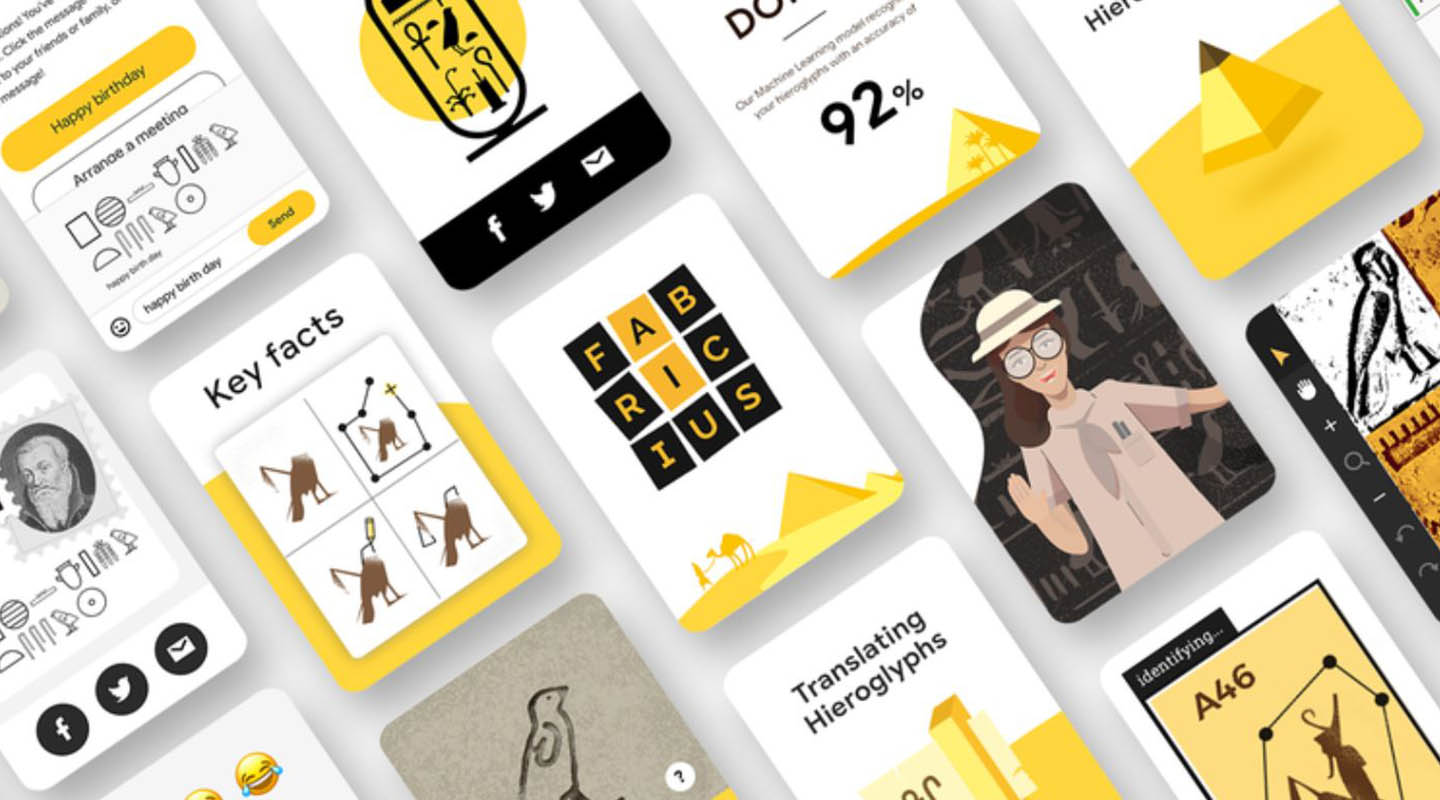
Google’s Fabricius, a tool that decodes Egyptian hieroglyphics in English and Arabic, has been launched. Fabricius is a platform that helps experts and novices alike to read and translate hieroglyphics. It will be useful for experts who want to translate hieroglyphics more efficiently, and also for everyday users who want to learn more about the ancient Egypt’s writing system.
Named after Georg Fabricius, the father of epigraphy, the study and interpretation of ancient inscriptions, the tool was developed by the Australian Centre for Egyptology at the Macquarie University in Australia.
Head of preservation at Google Arts and Culture, Chance Coughenour said the tool offers three different ways of discovering and interacting with hieroglyphics: Learn, play and work.
“Fabricius doesn’t do automatic translation, but rather it’s a tool that helps experts translate the hieroglyphs more efficiently.”
This means that Fabricius won’t work as quickly as say, Google Translate, which works on modern-day languages.
Before the Rosetta Stone was discovered in 1799, there was no making sense of the Egyptian hieroglyphs. Experts who use some of the tool’s more sophisticated features will have to specifically sequence and process images of the hieroglyphs before the tool translates them. It’s a process that can take roughly an hour, depending on the complexity of the hieroglyphs.
“The easiest way to understand hieroglyphs is to imagine that they are the ancient Egyptian equivalent of emojis. This is where experts will be able to process images of hieroglyphs, before sequencing and identifying them. For amateurs, the Learn feature helps you take your first step into the world of hieroglyphs. This is where you’ll learn the basics of reading the ancient writing system. But it’s most likely the Play function that most people are going to spend their time on. This feature takes whatever sentence you type and translate it into hieroglyphs. It isn’t meant to be an accurate translation, but rather a fun way of interacting with the ancient script and sending coded messages to friends. Before long, you may find yourself using the machine-learning tool to decode the hieroglyphs found in Egyptian tombs,” Coughenour said.
He said, “researchers will be able to upload images of hieroglyphs that they find in the field and, with the help of machine learning (ML) and artificial intelligence (AI).”
He said it would also contribute to a database aimed at helping to better the understanding of ancient Egyptian language. Novices and enthusiasts will be able to use the application to learn and discover the meanings of hieroglyphs.
The tool was born from the experimental question of whether ML and AI could be used to help decode ancient languages. Today, that idea has become a reality and in the future Fabricius may be used to decode and translate even more languages with unique writing system.
It was inspired by the Discovery Tour Mode in the video game Assassin’s Creed, where users had the option of dropping out of the action-packed game and in order to explore ancient Egyptian ruins without being interrupted by combat. Hieroglyphs seen on walls in the game had to be accurate in order for the game to be realistic.






